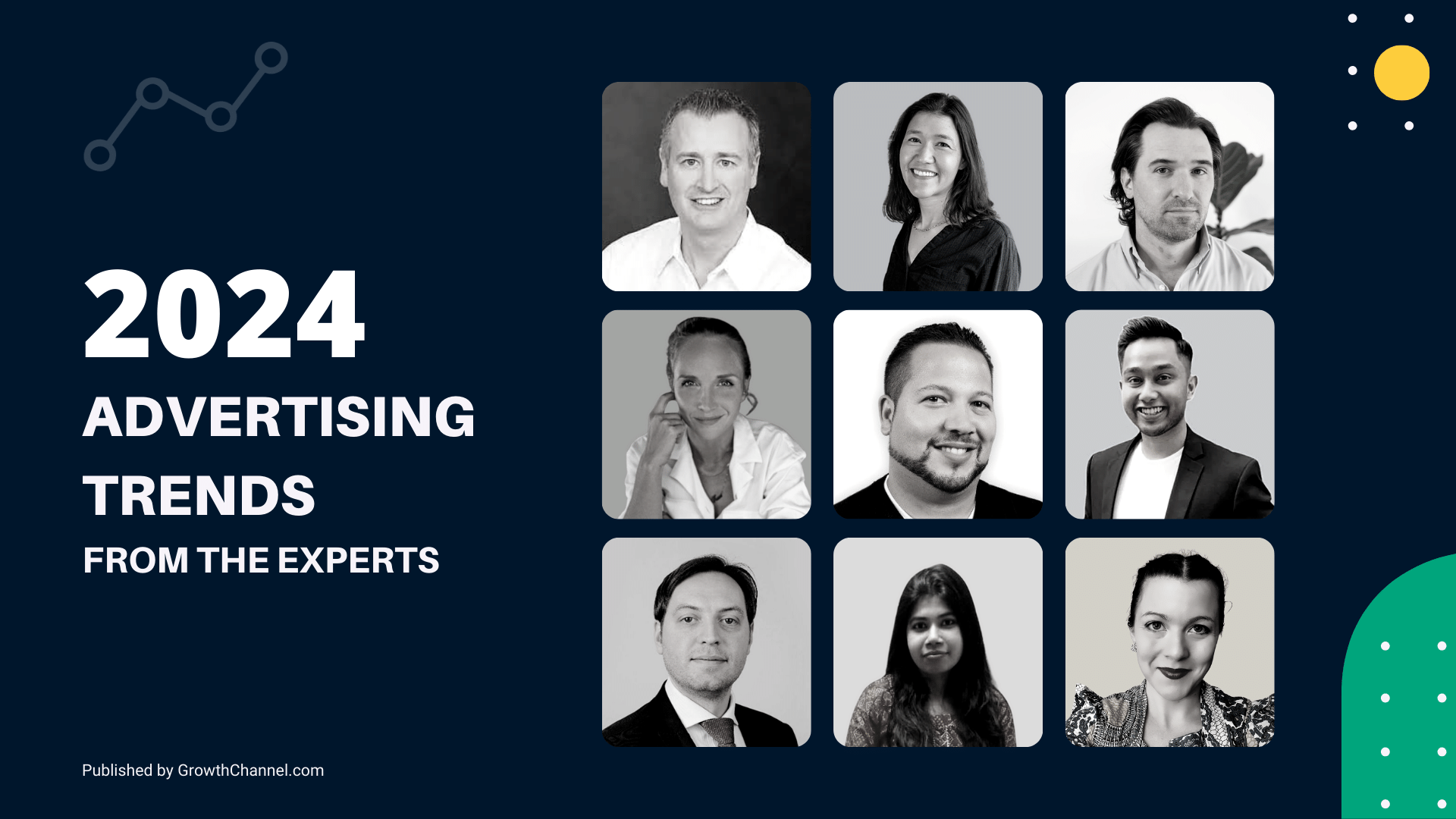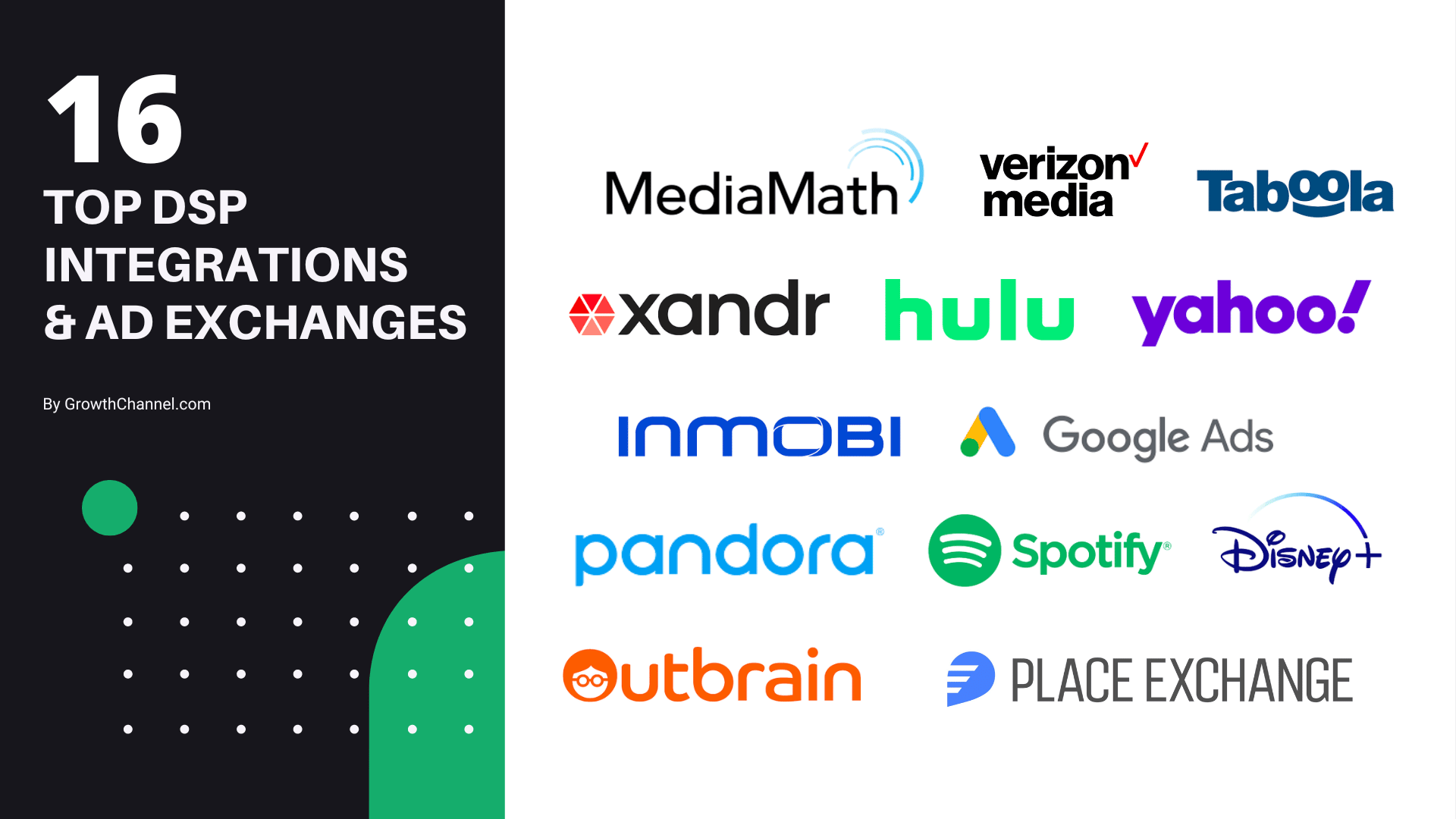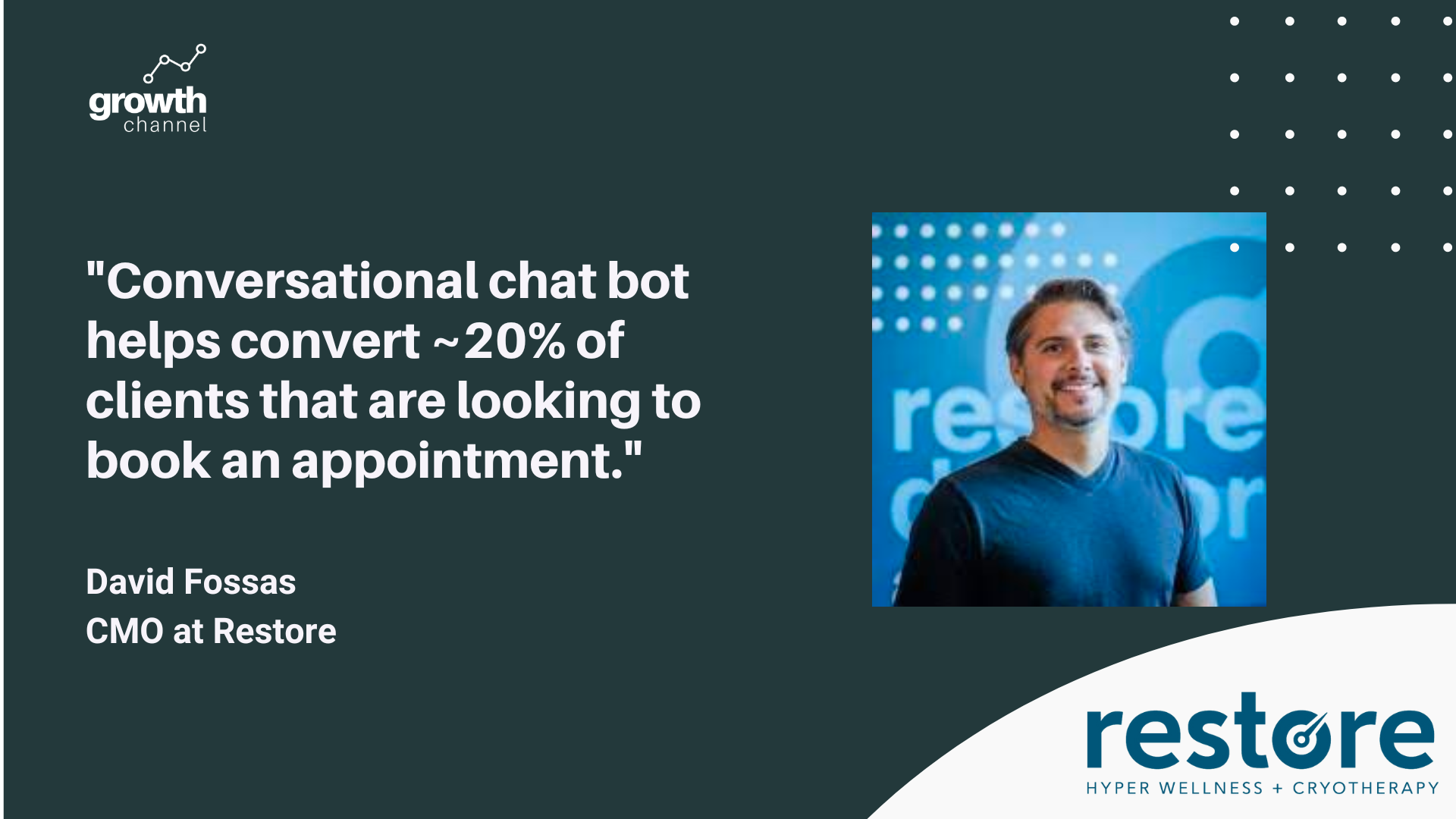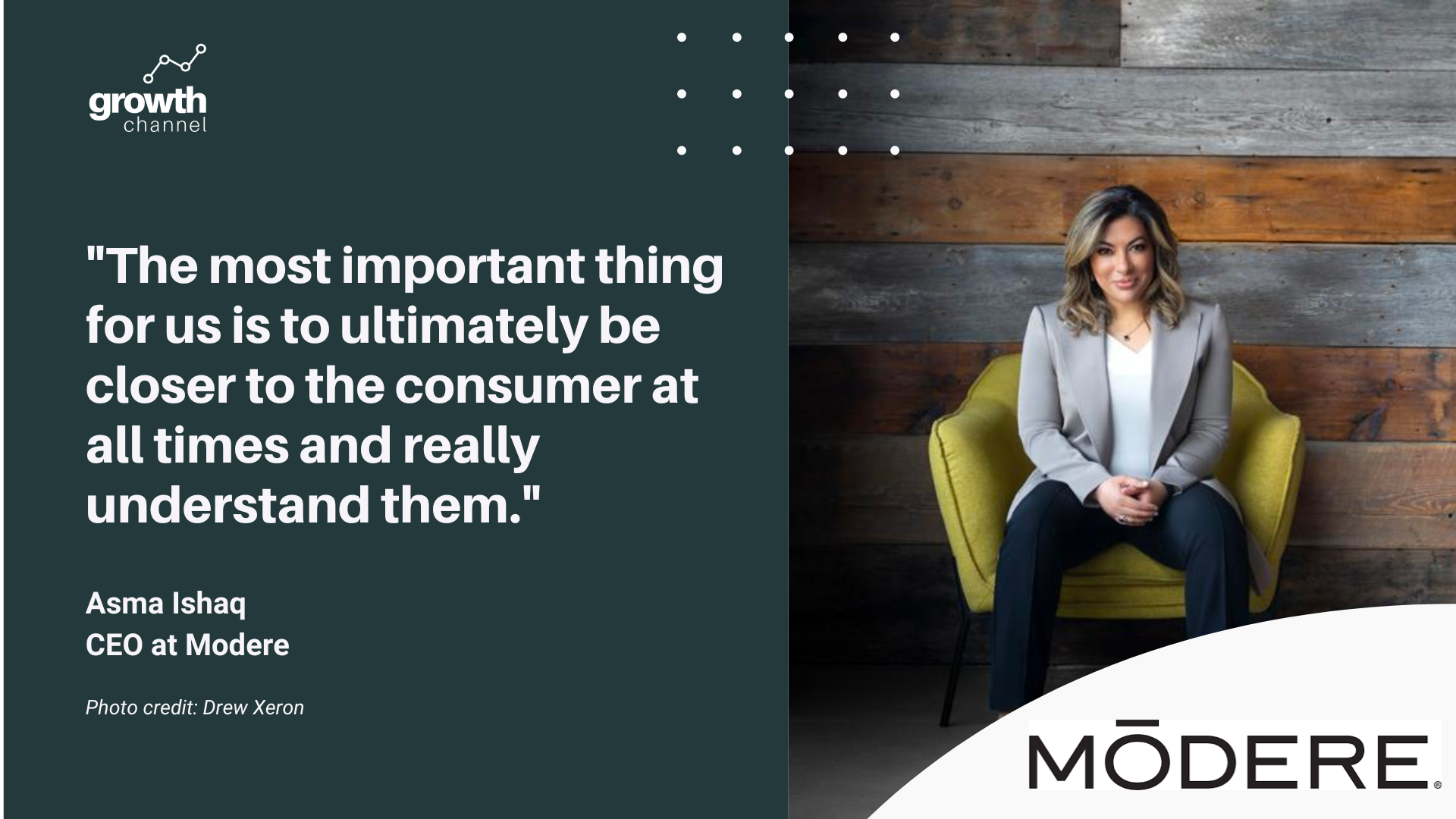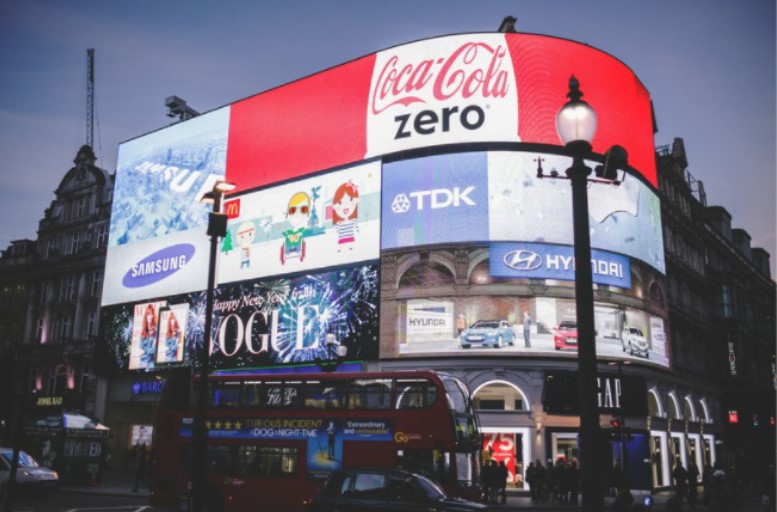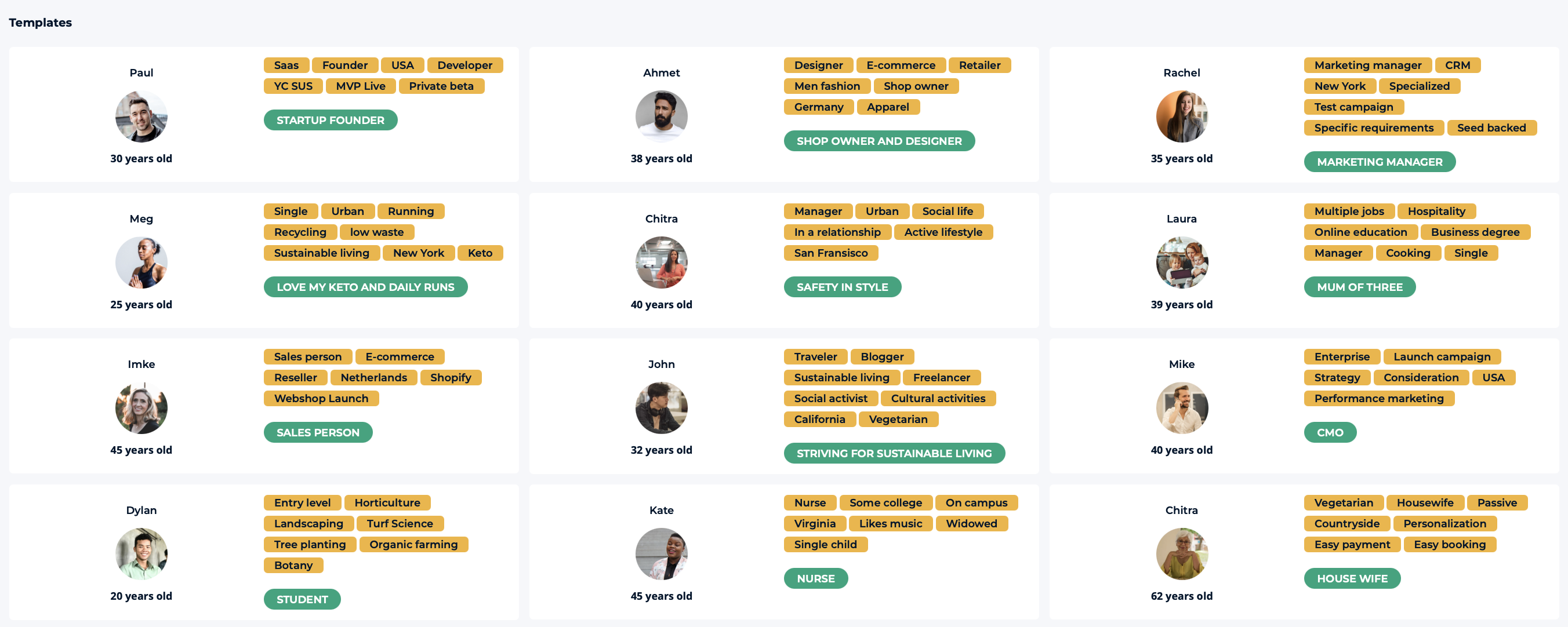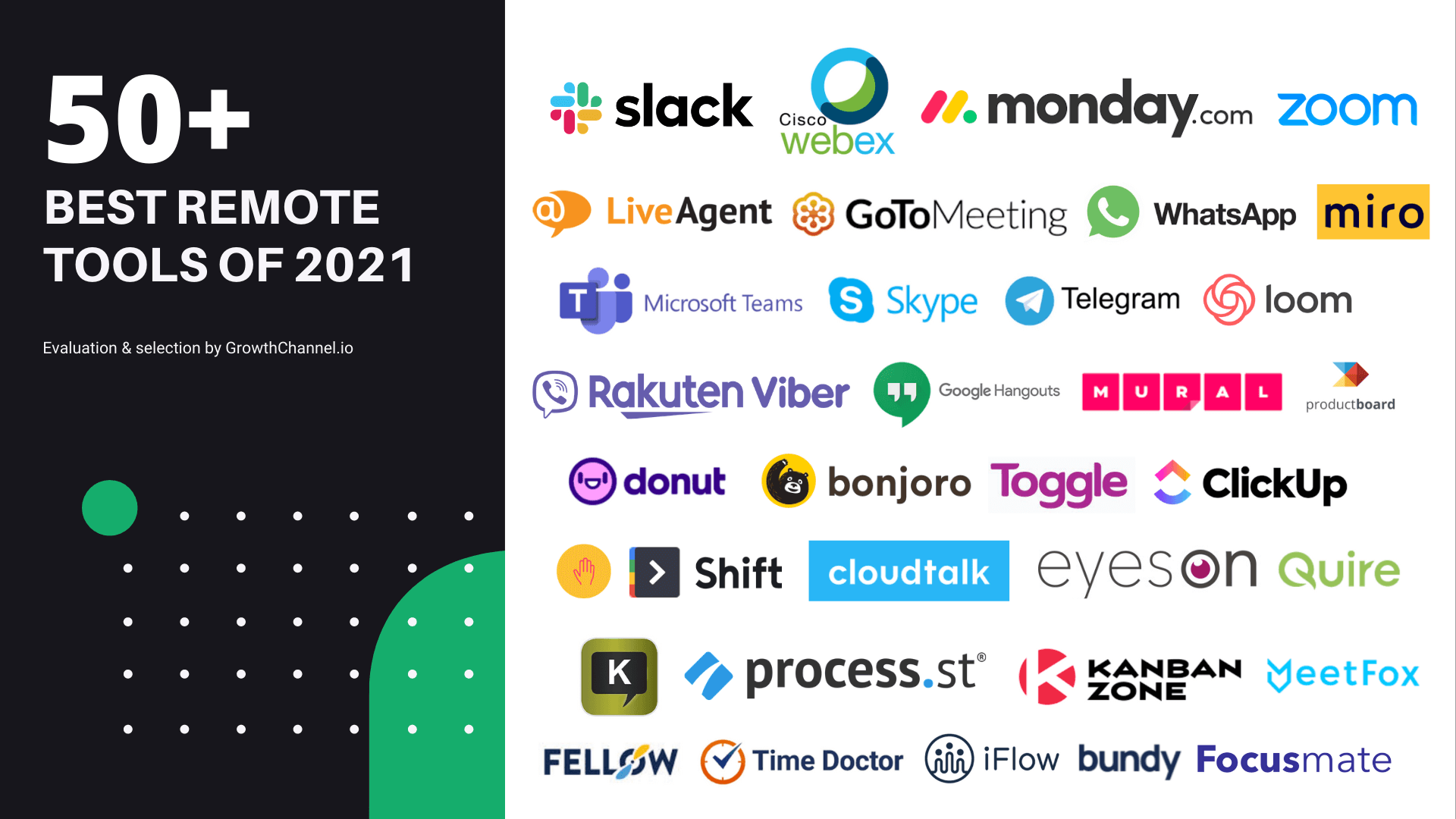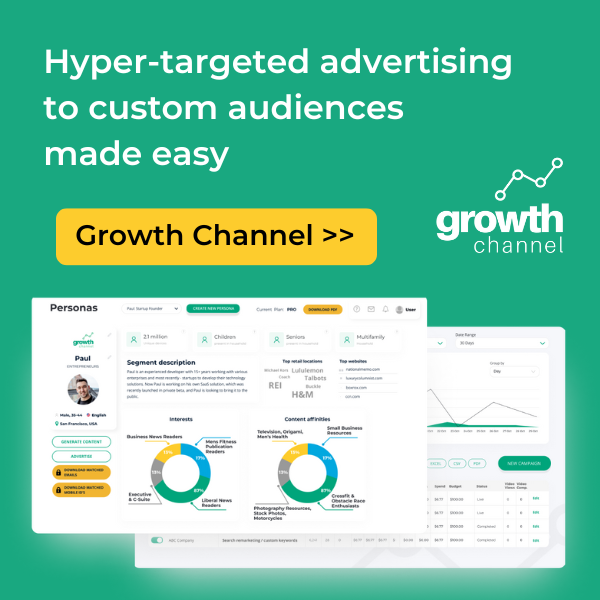As we progress through 2024, the digital advertising landscape continues to evolve, bringing forward new trends and strategies. Let's delve deeper into these developments, incorporating fresh insights from the experts and statistical trends, including the growing significance of streaming networks and the advancements in programmatic landscape.
1. AI-Driven Optimizations and Deep Learning
The advertising industry is undergoing a significant transformation, propelled by the rapid advancements in Artificial Intelligence (AI). Its impact is becoming increasingly evident, reshaping how brands engage with their audiences and how campaigns are executed.
Enhanced Personalization and Targeting
By analysing vast amounts of data, AI algorithms can identify patterns and preferences unique to individual consumers. This capability allows for hyper-personalised ad content, tailored to the interests, behaviours, and demographics of each user. Such precision in targeting not only improves user engagement but also boosts the overall efficacy of ad campaigns.
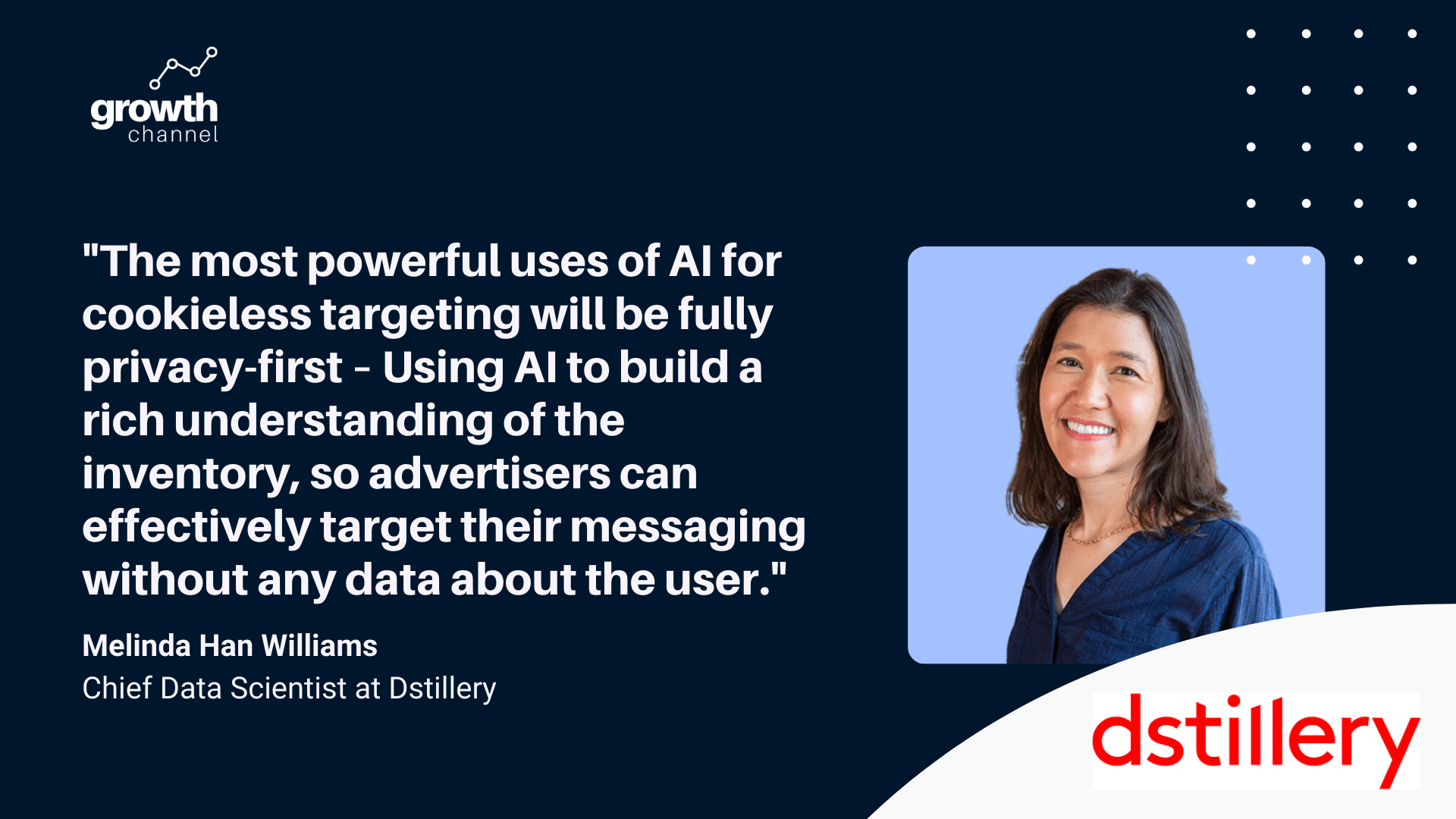
"The privacy landscape in advertising has been in flux for years. Now that third-party cookie deprecation is actually in progress, 2024 will bring the most massive and disruptive change yet to the availability of user data for targeted advertising. The big trend will be the use of AI to fill the information gap advertisers will face when trying to make a targeting decision without a user ID. The most powerful uses of AI for cookieless targeting will be fully privacy-first – Using AI to build a rich understanding of the inventory, so advertisers can effectively target their messaging without any data about the user." shared Melinda Han Williams, Chief Data Scientist at Dstillery
For example, as ecommerce brands are fighting to increase digital purchases and multiply ROAS (return on ad spend), advertisers are able to leverage dynamic creatives using product feeds coming from platforms like Shopify to personalise consumer journey interactions with relevant product and special offers to increase those conversion rates. By leveraging AI, brands see as much as 70% increase in revenue with 21x ROAS.
AI is reshaping marketing from predictive analytics to personalized customer journeys. It's all about smarter targeting, optimized ad spending, and real-time customer insights. If you're not leveraging AI, you will be left behind. - Vince De Castro, Founder at De Castro Media
Predictive Analytics for Improved Campaign Performance
Predictive analytics, powered by AI, enables advertisers to forecast future trends and consumer behaviours. By leveraging historical data, AI can predict which advertising strategies are likely to yield the best results. This foresight helps in optimizing ad spend and improving return on investment (ROI). Advertisers can anticipate market changes, consumer responses, and potential outcomes of their campaigns, allowing for proactive and strategic planning.
For example, there is a significant shift in Google's advertising strategies, favouring Performance-Max campaigns with a future where AI-driven campaigns could become the norm, offering enhanced performance with less manual intervention.
I expect Google to encourage small advertisers to nix traditional search campaigns and use Performance-Max exclusively. Evidence for this is Google's recent rollout of search themes for P-Max, reducing reliance on search campaigns to inform query targeting. Experts might use temporary search "feeder" campaigns until P-Max finds its footing and then discontinue them. This shift is predicated on getting substantially better performance from solo P-Max campaigns, and I don't believe we're quite there yet. - Ed Goss, Managing Director at Ten Thousand Foot View
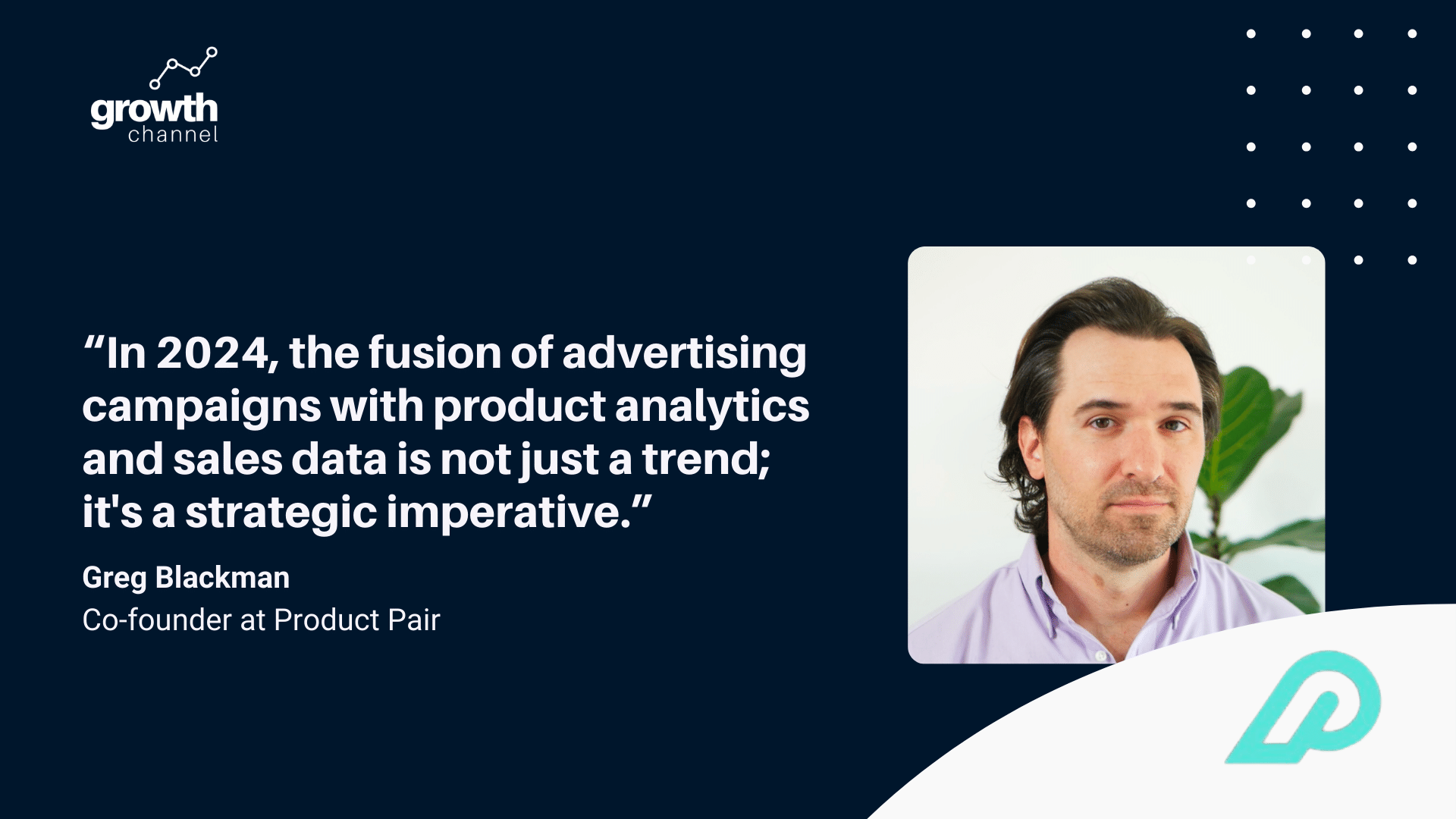
Greg Blackman, Co-founder at Product Pair added: "In 2024, the fusion of advertising campaigns with product analytics and sales data is not just a trend; it's a strategic imperative. Marketers who harness this integration gain a comprehensive view of their Return on Ad Spend (ROAS) and Customer Lifetime Value (CLTV) by ad campaign, enabling them to allocate budgets more effectively and tailor messaging to resonate with their audience at different stages of the customer journey. This approach transcends traditional silos, creating a hyper-personalized omnichannel experience. By leveraging advanced analytics, advertisers can pinpoint which campaigns drive tangible results, optimise in real-time, and ultimately achieve a competitive advantage in an increasingly data-driven marketplace."
Real-Time Bidding and Programmatic Advertising
Real-time bidding (RTB) and programmatic advertising technologies automate the buying and selling of ad space, making the process more efficient and cost-effective. AI algorithms analyse numerous variables in real-time to determine the optimal ad placement and bidding strategy. This automation leads to more effective ad placements, maximised ad performance, and reduced costs.
By year-end, AI will start to provide wizard-like optimizations. This means combining recommendations like bid strategy alteration, budget increase, and broad match keywords into a single action item for Google to execute. Whether that's good or bad for PPC managers is uncertain, but you can bet it's coming. - Ed Goss, Managing Director at Ten Thousand Foot View
Content Generation and Creative Development
AI's ability to generate content and assist in creative development is a game-changer for advertisers. AI tools can produce ad copy, suggest creative designs, and even help in video production. This technology supports creative teams by providing inspiration, speeding up the production process, and ensuring that the content resonates with the intended audience.
"With technologies advancing, the conversations surrounding tech or how we design through different tool stacks —we still come back to the echoes of the human imprint and this emphasis of conscious design needing to be encoded in the DNA of brands no matter the sector." shared Sakiko Hill, Executive Creative Director at Dos Mundos Creative

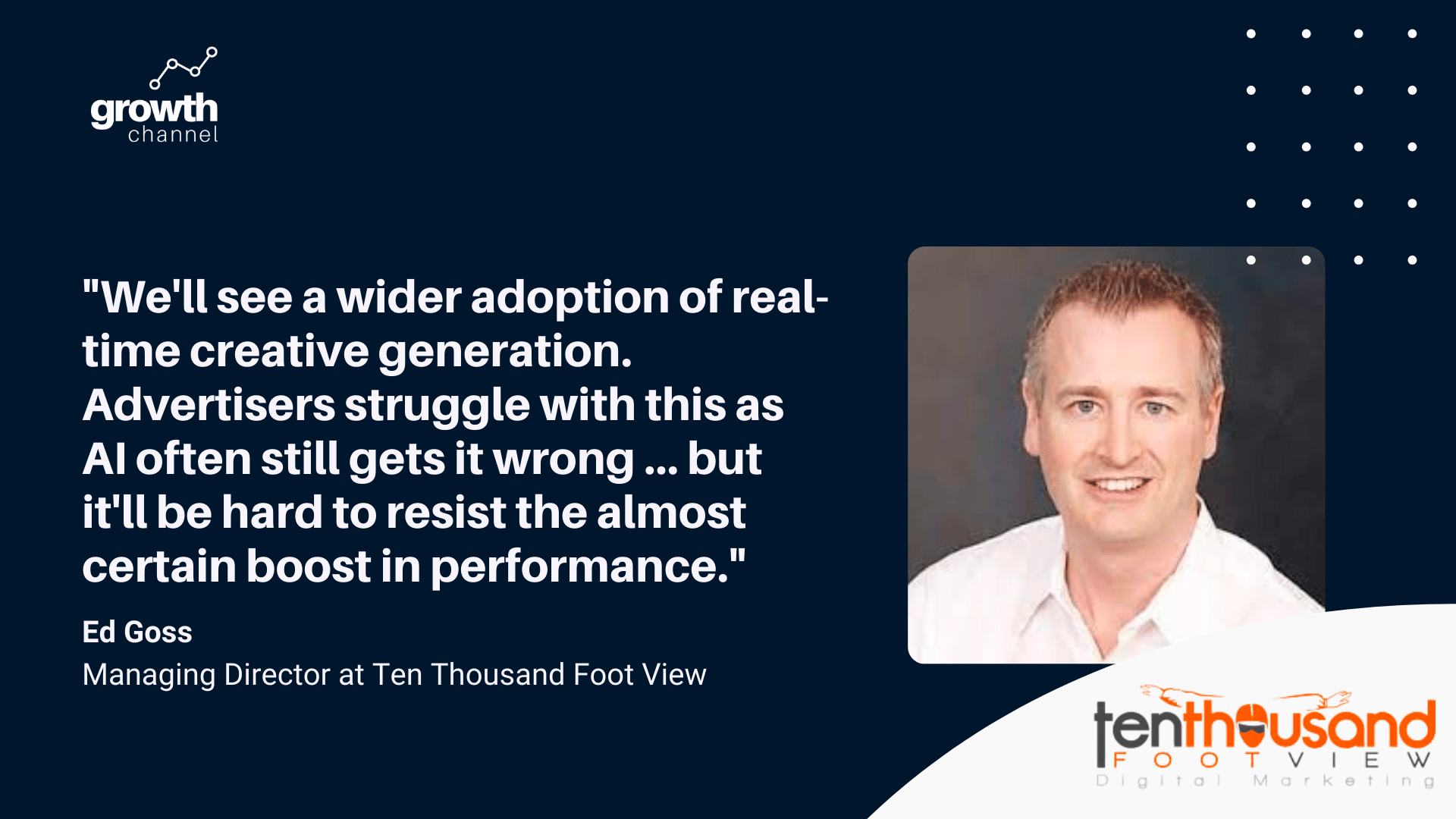
We'll see a wider adoption of real-time creative generation. Advertisers struggle with this as AI often still gets it wrong, and the current iteration from Google lacks transparency. But it'll be hard to resist the almost certain boost in performance the feature offers. Implementing this will require buy-in from both agencies and clients. - Ed Goss, Managing Director at Ten Thousand Foot View
Voice and Audio Advertising
There is an increasing focus on audio advertising, and AI is instrumental in optimising voice and audio ads, allowing for targeting based on listening habits, preferences, artist subscription, and even moods. This targeted approach in audio platforms offers a new avenue for advertisers to connect with audiences in a more intimate and personalised way.

We’re looking into making audio advertising more of a key aspect for our clients in 2024. There’s an increasing popularity of audio consumption and ad platforms offering more opportunities to cater to different target audience with voice only. A recent report by Statista shows an average 12.1% yearly growth rate for this type of channel. - Pamela Wagner, CEO at Ajala Digital

Read also: How Audio Advertising Helps Businesses Reach Highly Engaged Audiences
Data quality control
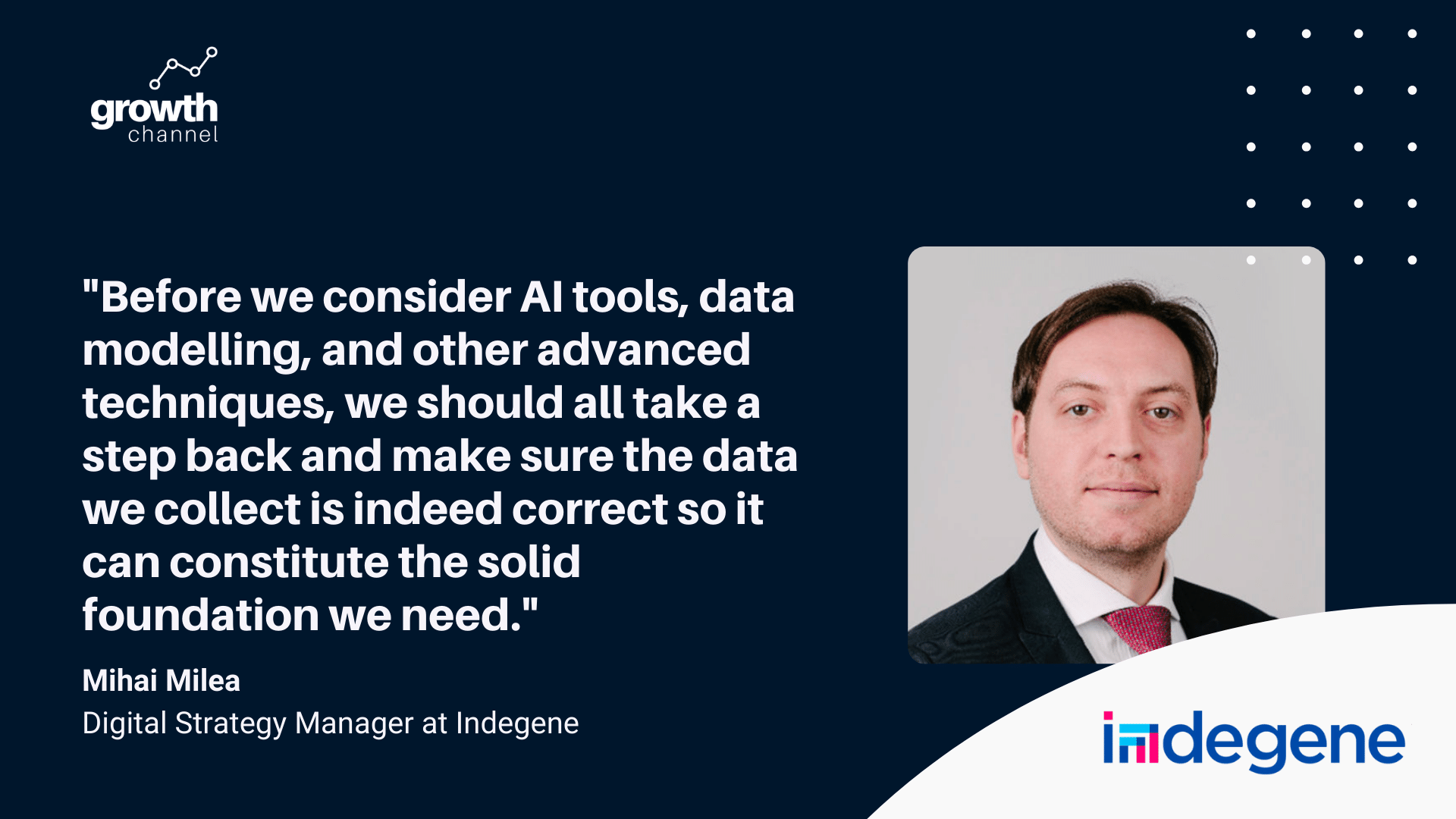
With the growth of AI in advertising, ethical considerations and privacy concerns have come to the forefront. Advertisers must navigate the fine line between personalisation and intrusion, ensuring that consumer data is used responsibly and in compliance with privacy regulations. The industry is moving towards more transparent and ethical use of AI, prioritising consumer trust and data security.
Manonita Das, CRO at Growth Channel AI added: "Amidst the unfolding dynamics of 2024, collaborative efforts are essential to integrate innovative technologies while addressing privacy related challenges. Succeeding in programmatic marketing in this era involves optimising channels and attributing the rightful partners to minimise redundancy all with transparency in place for the advertisers. Marketers are evaluating potential partners based on platform capabilities in terms of user identification, audience targeting, attribution capability, and finally providing long-term viable solutions. GenAI - powered by advanced AI and ML, is reshaping the marketing landscape - evolving the predictive analytics, cross-device attributions, improving personalisation and targeting. The entire ad-tech industry is also pivoting towards privacy-first advertising (cookieless world and more stringent privacy policies in place). Businesses must adapt to strategies accordingly and collaborate with tech-driven platforms to incorporate ML for effective targeted campaigns and its measurement. Programmatic advertising is revolutionising in this medium, leveraging the omni-channel presence for an advertiser, impacting consumer journeys and evolving measurement techniques for increased return on advertising budgets. In essence, 2024 is poised to be a milestone, fostering advanced learning, introducing sustainable solutions, while upholding the rights to user privacy."

The growth of AI in the advertising industry marks a paradigm shift in how brands communicate with their audience. From enhanced personalisation to predictive analytics, real-time bidding, content generation, and beyond, AI is not just a tool but a fundamental driver of innovation and efficiency in advertising. As we continue through 2024 and beyond, the role of AI in advertising will only become more integral, offering unprecedented opportunities for brands to connect with their customers in meaningful and impactful ways.
2. Creator Revolution
The advertising industry in 2024 is witnessing a significant shift with increasing influence of micro-influencers. This movement is redefining traditional marketing strategies and opening new avenues for brand engagement where industry experts are becoming influential content creators, even in B2B marketing.
B2B marketing isn't just about the company anymore; it's about the people behind it. These creators are industry experts turning their knowledge into content gold. They're not just talking about products; they're solving problems, sharing insights, and building trust. It's content marketing on steroids. - Vince De Castro, Founder at De Castro Media
The Creator Revolution refers to the emergence and growing influence of content creators, particularly in digital spaces. These creators are not just celebrities or public figures; they are individuals with niche followings who produce content that resonates deeply with specific audiences. This paradigm shift is moving the focus from broad, mass-market approaches to more targeted, authentic engagements.
Micro-influencers are content creators with smaller, more dedicated followings, typically ranging from a few thousand to tens of thousands of followers. Despite their smaller audience size compared to macro-influencers, micro-influencers often boast higher engagement rates. Their followers tend to be more invested in their content, viewing them as more relatable, trustworthy, and authentic.

- Authentic Engagement and Trust. One of the key strengths of micro-influencers is their ability to foster genuine connections with their audience. Their recommendations and endorsements often come across as more trustworthy and personal, which can be incredibly effective for brands aiming to build trust with their target market.
-
Niche Targeting and Specialized Audiences. Micro-influencers often cater to specific niches, whether it's in fashion, technology, fitness, or lifestyle. This specialisation allows advertisers to target audiences more precisely, ensuring that their message reaches the most relevant and interested consumers.
-
Cost-Effective Strategies. Working with micro-influencers can be more cost-effective compared to traditional celebrity endorsements or large-scale advertising campaigns. This cost efficiency makes micro-influencers particularly appealing for small and medium-sized businesses or brands with limited marketing budgets.
-
Enhanced Content Variety and Creativity. Micro-influencers bring a level of creativity and personal touch to content creation that can be hard to replicate in traditional advertising. They often produce a wide variety of content, from blog posts and social media updates to videos and podcasts, providing brands with diverse and engaging ways to reach audiences.
-
Leveraging User-Generated Content. Micro-influencers encourage user-generated content, which can significantly amplify a brand's reach and authenticity. When followers share their own experiences with a product or service, it serves as a powerful form of social proof, enhancing the credibility and appeal of the brand.
-
The Impact of Social Media Algorithms. Social media algorithms often favour content from individuals over corporations, meaning that micro-influencers' posts are more likely to appear in followers' feeds. This algorithmic preference can increase the visibility and impact of influencer-driven marketing campaigns.
Despite the benefits, working with micro-influencers comes with its own set of challenges. Brands need to ensure alignment in values and audience demographics for the partnership to be effective. There's also the need for clear communication and a well-defined strategy to measure the ROI of influencer campaigns.
The Creator Revolution and the rise of micro-influencers represent a significant evolution in the advertising industry for 2024. By tapping into the power of these influencers, brands can achieve more authentic, engaging, and targeted marketing. This approach not only aligns with the changing dynamics of consumer behaviour but also offers a more nuanced and effective way to build brand awareness and loyalty in the digital age.
3. Social Shopper Phenomenon
The convergence of social media and e-commerce is creating a seamless shopping experience within social platforms with significance of TikTok Shops, blending entertainment, community, and shopping in a seamless user experience.
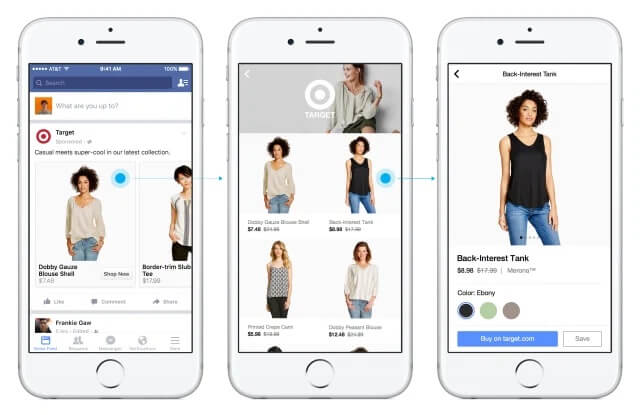
A social shopper is a consumer who uses social media platforms not just for connecting and engaging with content but also for making purchasing decisions. This includes discovering products, reading reviews, and even completing transactions without leaving the social media environment. The rise of social shopping is a direct response to the changing habits of consumers, who are increasingly looking for convenience, personalization, and instant gratification in their shopping experience.
E-commerce is evolving. People don't want to leave their favorite apps to shop. TikTok Shops is a perfect example. It's a seamless blend of entertainment, community, and shopping. Users watch a video, see a product they like, and buy it without skipping a beat. It's the epitome of impulse buying. If your social strategy doesn't include social commerce, you're leaving money on the table. - Vince De Castro, Founder at De Castro Media
Social media platforms have evolved from mere networking sites to comprehensive shopping destinations. Platforms like TikTok, Instagram, and Facebook have integrated shopping features, allowing users to discover, interact with, and purchase products directly through the app. Features like shoppable posts, live shopping, and integrated checkout processes have made social media a powerful tool for advertisers and brands.
However, there is also an unexpected demographic in social commerce: baby boomers. Their increasing presence on platforms like TikTok and propensity for online purchases indicate new opportunities for targeting older consumers.
GWI's 2024 consumer research reveals a 57% increase in baby boomer TikTok users since 2021, with this group more likely than Gen Z to make online purchases weekly. Looking ahead, I do foresee major social media platforms continue to enhance their shopping features, offering seamless buying experiences, better product discovery, and immersive elements to boost sales. This may present an opportunity for businesses to start leveraging on social commerce even more - especially if they’re looking to reach out to older consumers in 2024. - Yashwin Naidu, Founder and CEO at KPI Media

- Seamless Shopping Experience: The integration of shopping features into social media platforms provides a seamless experience for users, from product discovery to purchase, all in one place.
- Influencer and Micro-Influencer Partnerships: Influencers play a crucial role in this ecosystem. They act as trusted sources for product recommendations and reviews, significantly influencing the purchasing decisions of their followers.
- Personalized and Targeted Advertising: AI and machine learning algorithms on social platforms enable highly personalized and targeted advertising, showing users products that align with their interests and previous online behaviors.
- Enhanced Engagement through Content: Interactive content like polls, quizzes, and AR try-ons engage users more deeply, making the shopping experience more immersive and enjoyable.
- User-Generated Content and Social Proof: Social shoppers often rely on user-generated content such as reviews and testimonials for validation before making a purchase. This content serves as social proof, adding credibility to the advertised products.
- Instant Gratification and Impulse Buying: The instant nature of social shopping, combined with easy checkout processes, caters to the desire for instant gratification, often leading to impulse purchases.
- Data-Driven Insights for Brands: Social shopping provides brands with valuable data on consumer preferences and behaviors, helping them tailor their products and marketing strategies more effectively.
While the social shopper phenomenon presents numerous opportunities, it also comes with challenges. Privacy concerns, data security, and the potential for impulsive and uninformed purchasing decisions are significant considerations. Moreover, there's an increasing need for transparency and authenticity in influencer marketing to maintain consumer trust.
The social shopper phenomenon is a defining trend in the 2024 advertising industry, signifying a shift towards more integrated, personalized, and socially influenced shopping experiences. As social media continues to blur the lines between networking and e-commerce, brands and advertisers must adapt to these changes to effectively engage with the modern consumer. Embracing this trend means not just selling a product but creating an engaging, convenient, and interactive shopping journey.
4. The Resurgence of Brand Fundamentals and Storytelling
The focus on strategic brand marketing is yielding significant returns, as companies look to establish long-term consumer connections. Kana LiVolsi, CEO & Co-Founder at Dos Mundos Creative shares about a shift back to brand basics and authentic storytelling.

"As content capacities reach new heights thanks to AI, we are seeing emphasis return to Brand foundations. Pandemic-era-quick-pivot-marketing strategies have long been showing their seams — creating costly breakdowns in the customer journey — so customised storytelling & achievable systems are back at the forefront. Dupe-culture will continue to render homogenised aesthetics and template brands obsolete; authentic storytelling, bold creative and customer-centric systems that maximise long term growth are now top priority. Companies are focused on the long-game — authentic consumer connection — as data shows investments in strategic brand marketing are more likely to yield 5x the return.
Alienating consumers with poor Brand CX is clearly not a luxury many companies can afford, 72% of executives plan to spend more on Brand Marketing in the next year. We are seeing a seismic shift in interest in having outside help to develop actionable Brand Ecosystems that include:
- Solid brand foundations that act as team decision-making maps
- Authentic stand-out creative
- Sustainable content systems
- One seamless phygital experience
- Internal Communications Strategies to increase team buy-in and connection

Smart companies are shifting from a product sales mentality towards the business of building connection and community. With women more visibility wielding their 85% of the buying power, yet still feeling misunderstood by advertisers (91%) - companies are realising that a lot of money is being left on the table looking to cash-in on the potential of untapped audiences. Expect continued rising interest from executives in better targeting personas for women and marginalised consumer segments with authentic-not-optical campaign efforts."
5. Deprecation of 3rd party cookies
"This was intended since 2019, but only in Q1 2024 Google has started rolling out the change to 1% of its users and it will gradually ramp this up to 100% by Q3 2024. This brings about many technical complications for essentially every website that relies on 3rd party advertising, such as Google Ads, Floodlight, Facebook Ads to name just a few. Website owners should start looking as soon as possible to move to 1st party trackers. If 3rd party cookies are required, fear not! They will still be around, but Google Chrome will now have a new attribute called "Partitioned". This will allow the website that set it to read it, but other websites will not be allowed to do so, thus rendering cross-domain tracking technically impossible. There is an exception and that is for what Google calls: "Related Website Sets" (RWS). RWS refers to domains owned by the same entity. Google has no issue with cross-domain tracking as long as you are the owner of all domains involved. With Safari and Brave, 3rd party cookies are still not allowed at all as has been the case for some time now. Using the Topics API from Google Chrome to connect users with interest groups will very likely become the norm for targeting users cross-domain." - Mihai Milea, Digital Strategy Manager and Tealium SME at Indegene
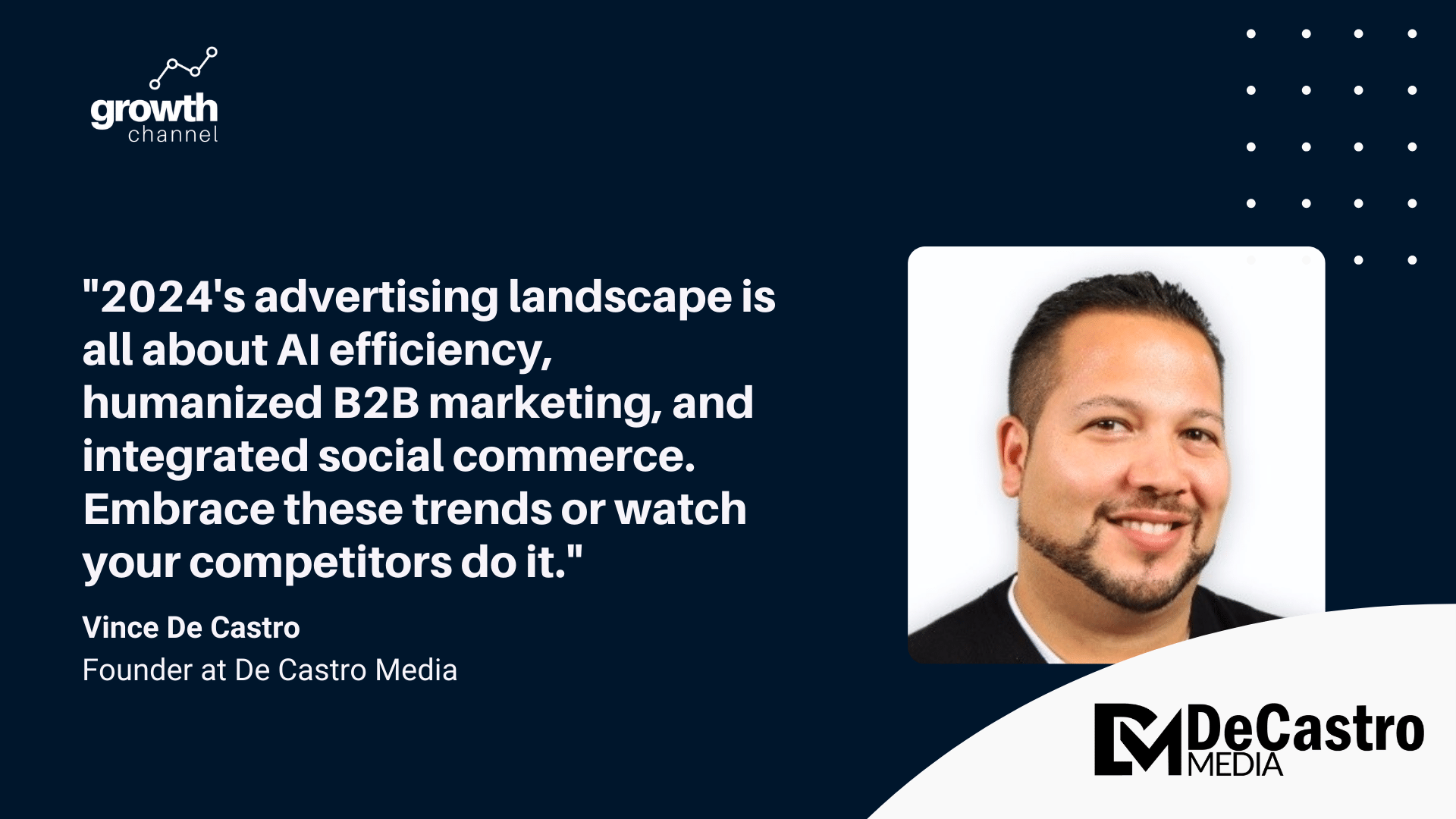
The digital advertising landscape of 2024 is multifaceted, marked by advancements in AI, the integration of new platforms like TikTok Shops, a resurgence in brand storytelling, the emerging influence of audio advertising, and the sophistication of programmatic DSPs. These trends underscore the need for businesses to adapt and innovate continually. As these developments unfold, staying ahead of the curve will be crucial for success in this dynamic digital environment.
